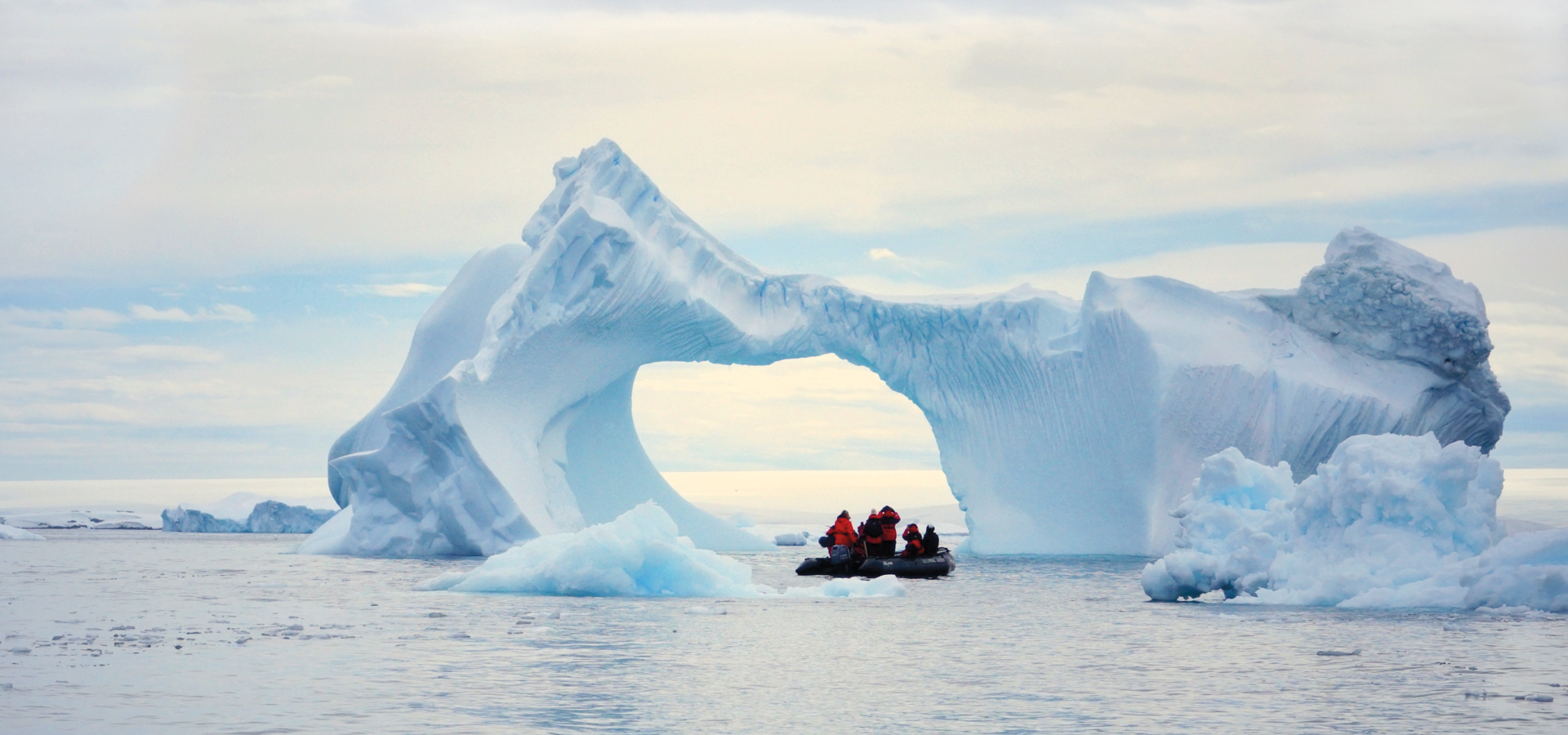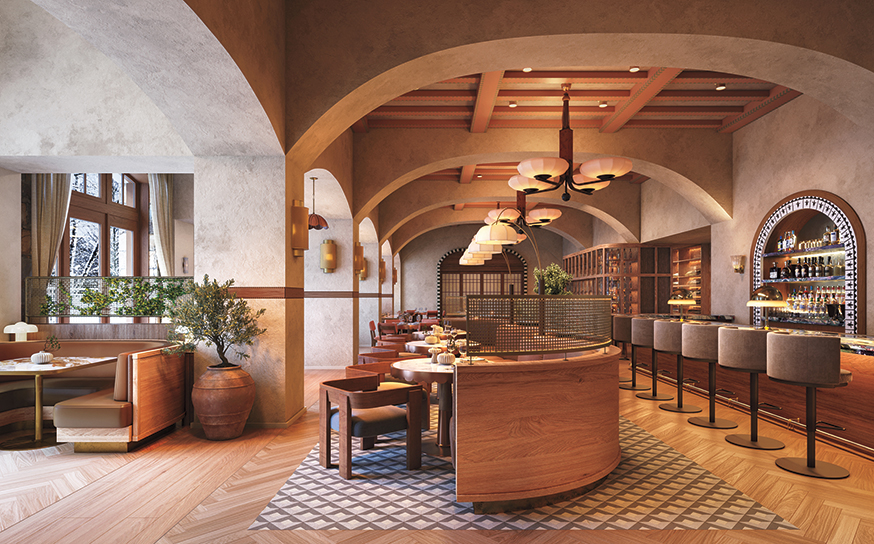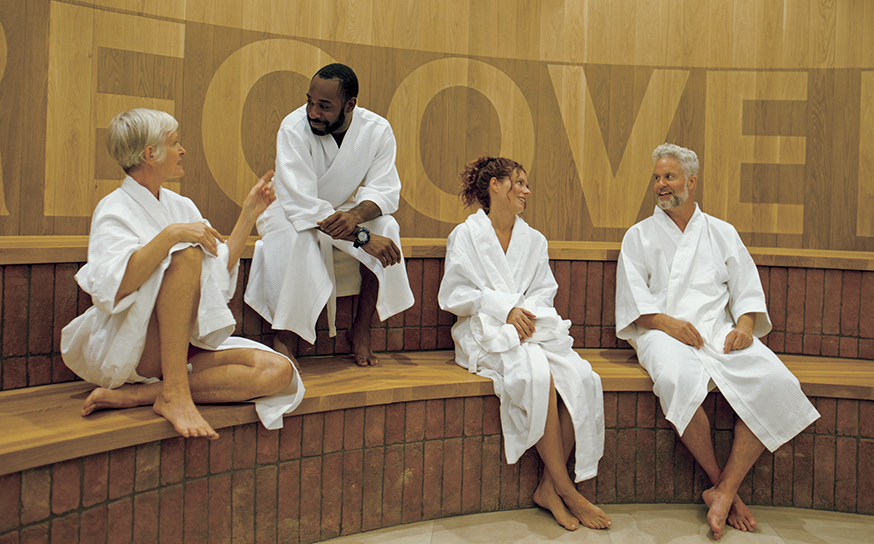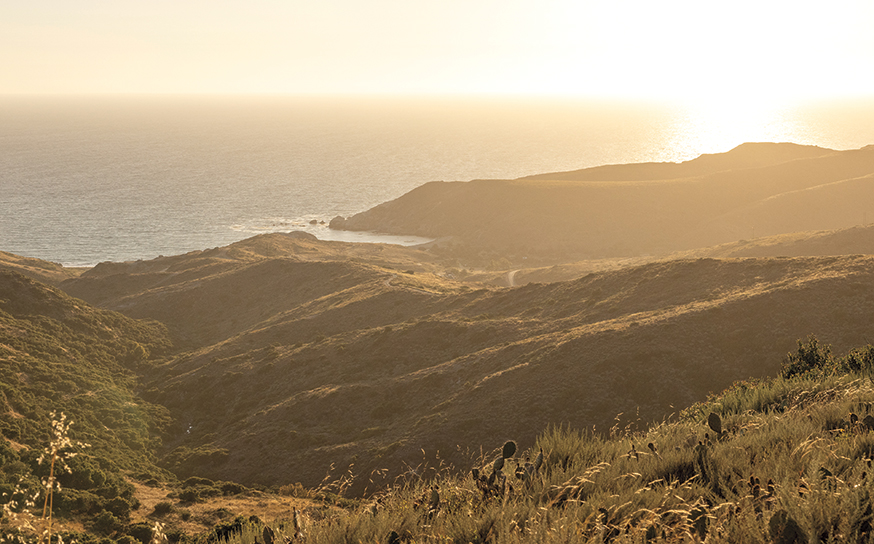Last season more than 44,000 people made Antarctica, the “Great White Continent,” their trip of a lifetime. Isolated and uninhabited, Antarctica is the last and largest pristine wilderness on earth, hosting some of the best wildlife viewing on the planet.
As surprising as this may seem, it also happens to be the largest desert on our planet. (Antarctica gets less rain than the Sahara.) It is a unique destination—last of the wild frontiers and breathtaking at every turn. And let’s face it: The novelty of going to this far-out destination lends a certain “cool quotient.”
“At last we were actually standing on Antarctica at Paradise Bay, along with colonies of nesting gentoo penguins.”
Anyone who knows us recognizes that my husband, Dave, and I did not exactly embrace this trip equally. In fact, our respective attitudes about experiencing Antarctica reflected the polar (pun intended) reactions we got from our friends—the mystified exclamations of “What?! Why?” (that was Dave’s first reaction too) and those whose wide-eyed expressions of enthusiasm that stoked my own level of giddy anticipation.
Fortunately I prevailed. So this past December Dave and I headed south and spent 15 magical days on an Abercrombie & Kent excursion aboard Le Lyrial—a 199- passenger luxury expedition ship from French cruise line Ponant. Our trip commenced in balmy Buenos Aires, Argentina, where we met fellow travelers and prepped for the following morning’s charter flight to Ushuaia, the southernmost city in the world.
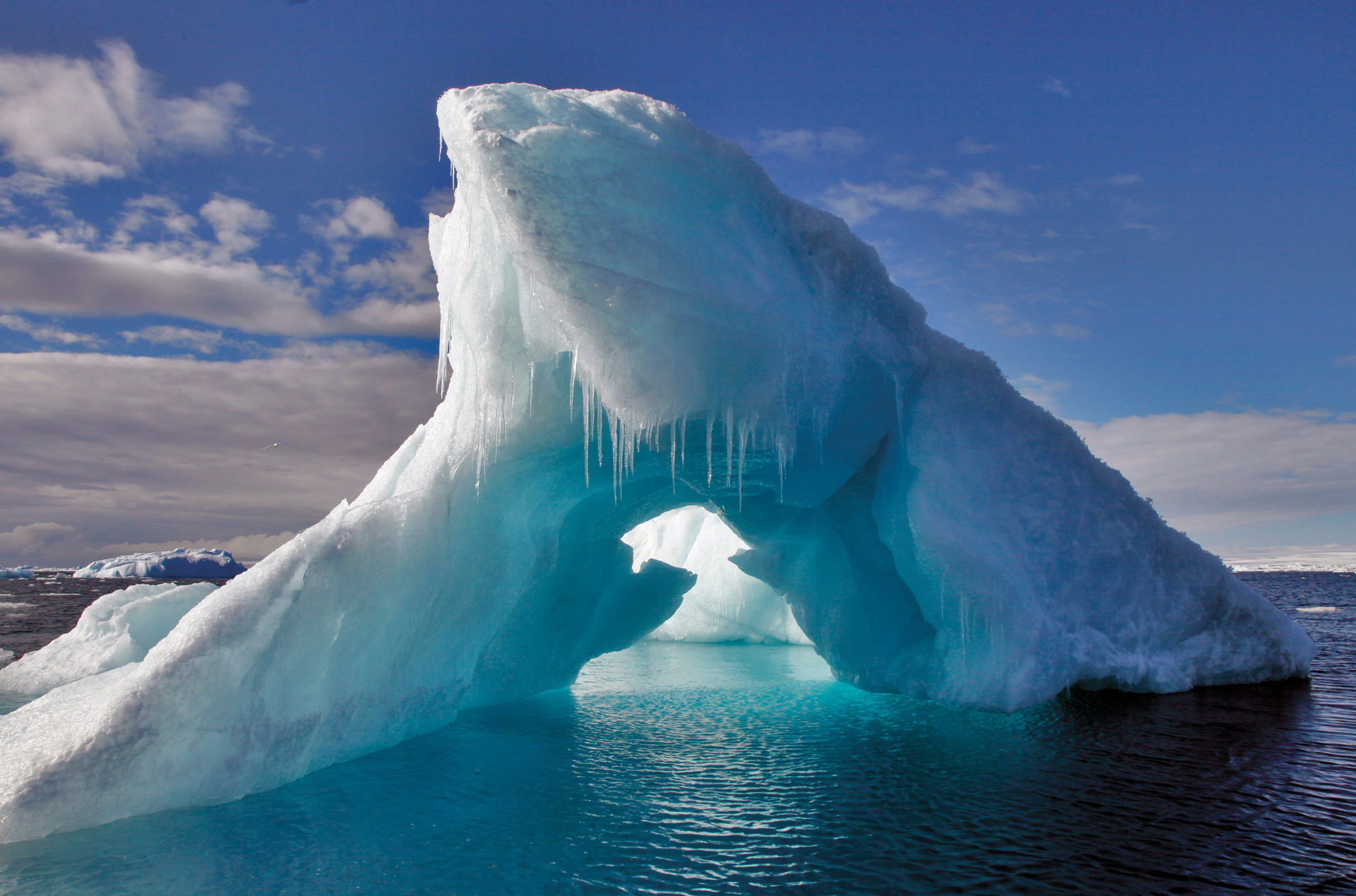
This Argentinean resort town nicknamed “the end of the world” was the departure point for our cruise. It is the launching port for more than 90% of the cruises going to Antarctica. Over the entire journey we would travel 3,803 miles, sharing this extraordinary experience with a well- traveled international set including a handful of children—our Young Explorers.
Our itinerary took us from Ushuaia down the Beagle Channel and northeast to the Falkland Islands; then across the South Atlantic to South Georgia Island; southwest across the Scotia Sea to the South Shetland Islands; and finally to the Antarctic Peninsula—the northernmost part of the Antarctic continent. Our return trip from the Antarctic Peninsula back to Ushuaia involved crossing the notorious Drake Passage, a body of water infamous for some of the world’s roughest seas. At its calmest, this final stretch is a gentle rise and fall … at worst a fierce rite of passage making for great cocktail banter.
The Falklands, South Georgia and the Antarctic Peninsula each presented distinctly varied environments. The one constant: Each day delivered a power punch of jaw-dropping beauty, remote serenity and the opportunity to experience and learn about a world far from our normal, day-to-day life. It was the juxtaposition of these geographical marvels that amplified the exceptional quality of each.
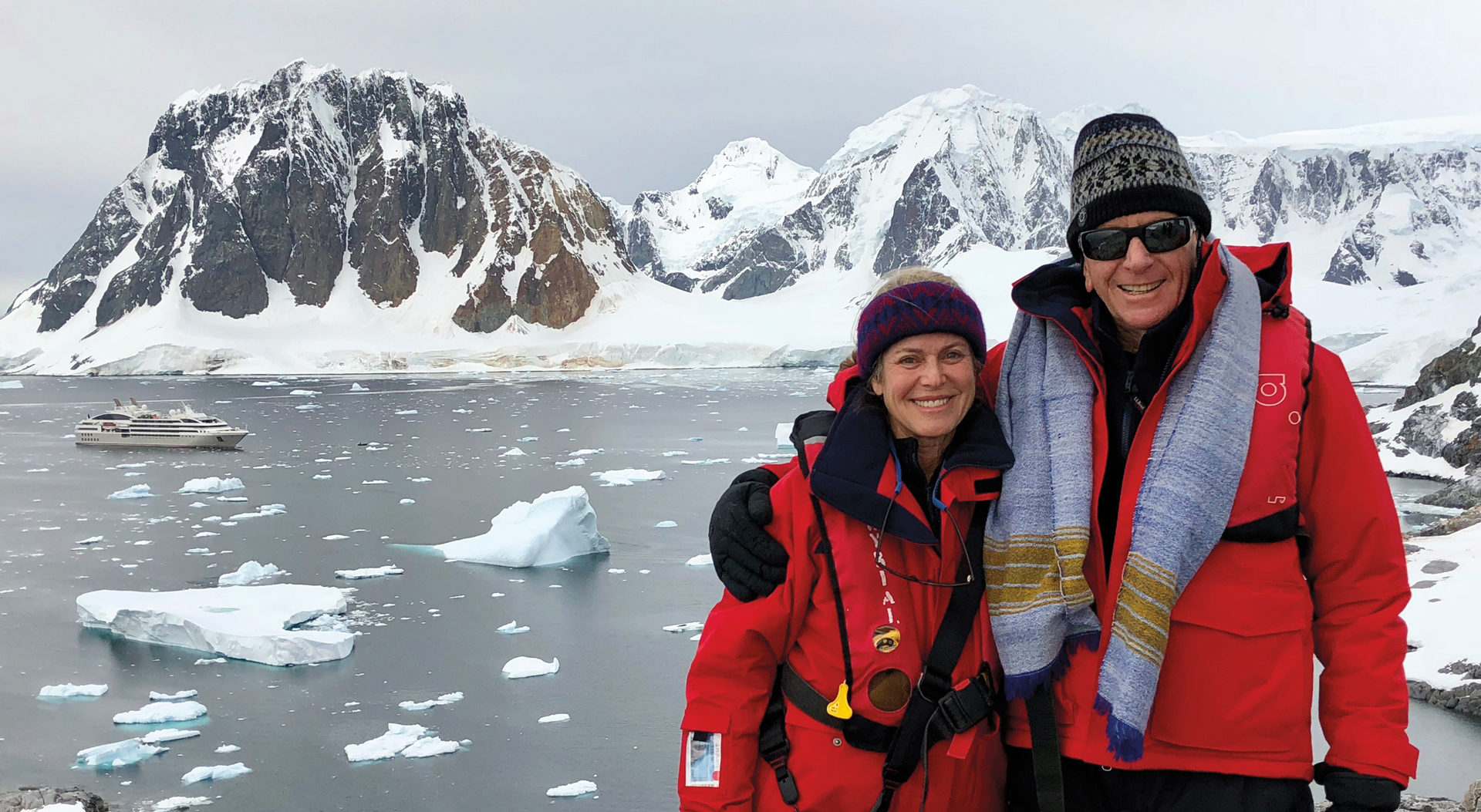
THE FALKLAND ISLANDS
The Falkland Islands are about the size of Connecticut with a friendly population of just fewer than 4,000. Connecticut by contrast: 3.6 million! However, what the Falklands have that Connecticut does not are penguins.
After arriving in the capital town of Stanley, we drove across the rugged and hilly Falkland terrain to encounter a rockhopper penguin colony—our first of many penguin colonies over the next two weeks. Sporting a black, spiky mohawk with yellow highlights and eyebrows, these gregarious marine birds look like they came straight out of a hip beauty salon.
There are seven species of penguins in Antarctica, and we saw five over the following two weeks. Who knew these tuxedo-clad creatures with perfect posture could be so amusing? So many penguins … so little time.
Many of us on this cruise remembered when Britain’s Iron Lady, Prime Minister Margaret Thatcher, sent British troops to this unfamiliar and remote British colony to wrestle the tiny island from an Argentinean invasion. Visiting the Falkland battlefields was an opportunity to understand the brief but bitter Falklands War of 1982.
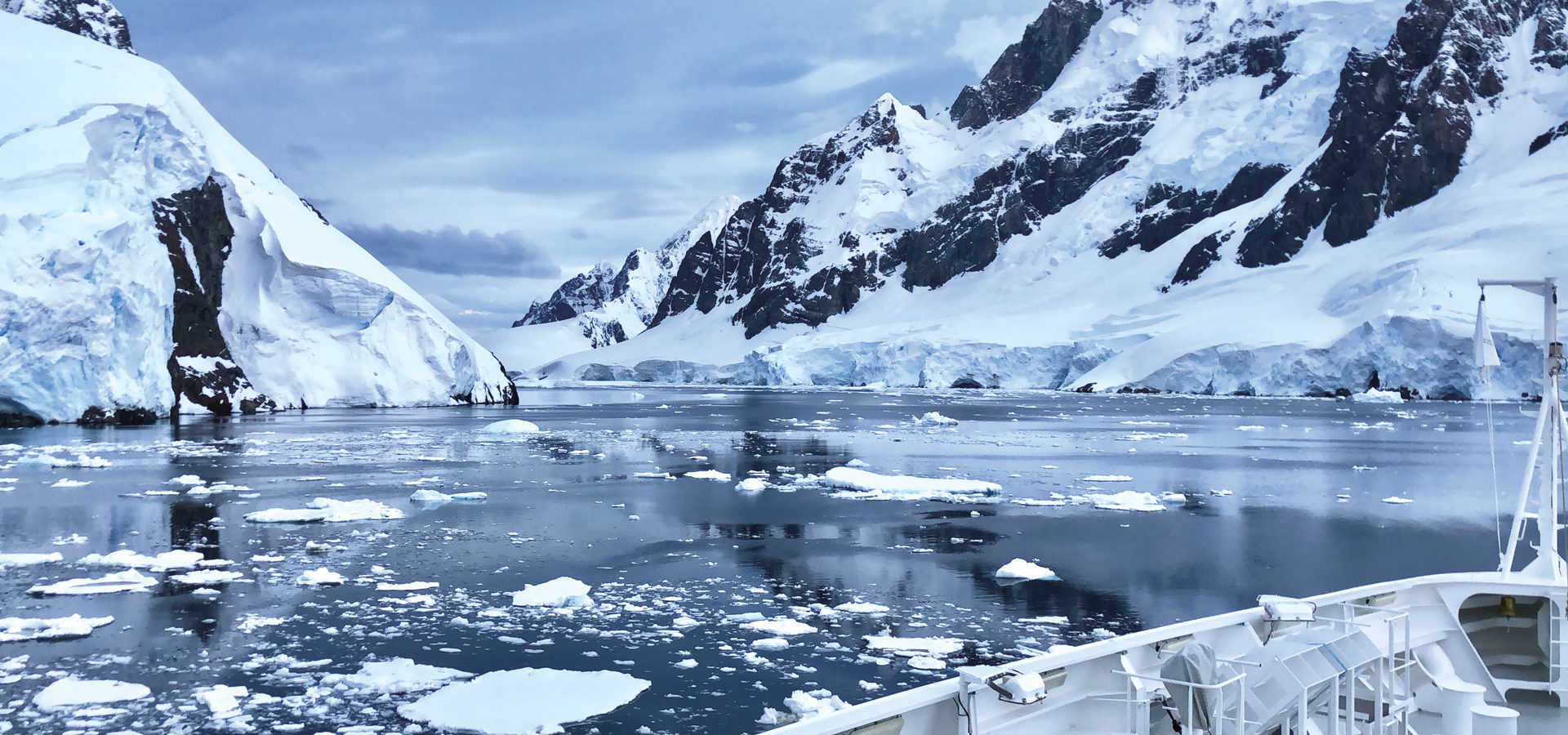
SOUTH GEORGIA ISLAND
The days at sea were rich, filled with lectures and presentations by an outstanding team of naturalists covering everything from the geology of the area to the ever-present seabirds of the Southern Ocean (albatross, petrels, penguins); the variety of whales and the local history of commercial whaling that decimated their populations; special talks and films centering on the threat of global warming; and spellbinding stories of the heroic age of Antarctic explorers whose journeys defy what we thought was humanly possible.
While technically not part of the Antarctic continent, South Georgia is considered part of Antarctica due to its location within the Antarctic Convergence—a defining oceanic boundary zone marking the true outer edge of Antarctica.
About half of South Georgia Island is permanently covered with ice and snow. Its dramatic scenery of jagged mountain peaks and crevassed glaciers populated by massive concentrations of wildlife make this island a true jewel in any crown.
Our first expedition day was overcast and fairly temperate by Antarctic standards. The temperature was in the 30s as our inflatable zodiacs approached Salisbury Plain on the northeast coast of South Georgia Island. After successfully negotiating our first zodiac landing, I was greeted by a site unlike any other I had ever seen. We had landed among one of the largest colonies of king penguins in the world.
In front of us were a quarter of a million king penguins living the life—parading around in their trademark designer tuxedos of black, grey and white with brilliant |orange accents. Some were courting, some were incubating their unhatched egg, and some anxiously paced about listening for the unique whistle of their wandering juvenile chicks.
We observed fur and elephant seals sharing beachfront property with their penguin neighbors. The bull elephant seals can grow to a massive 8,000 pounds, and their ability to move seemed to defy all laws of physics. We watched these aggressive “beachmasters” protect their harem of lovelies from other male contenders. Quite the show! Meantime the ladies snuggled affectionately together, occasionally picking up their heads to pose for photos.
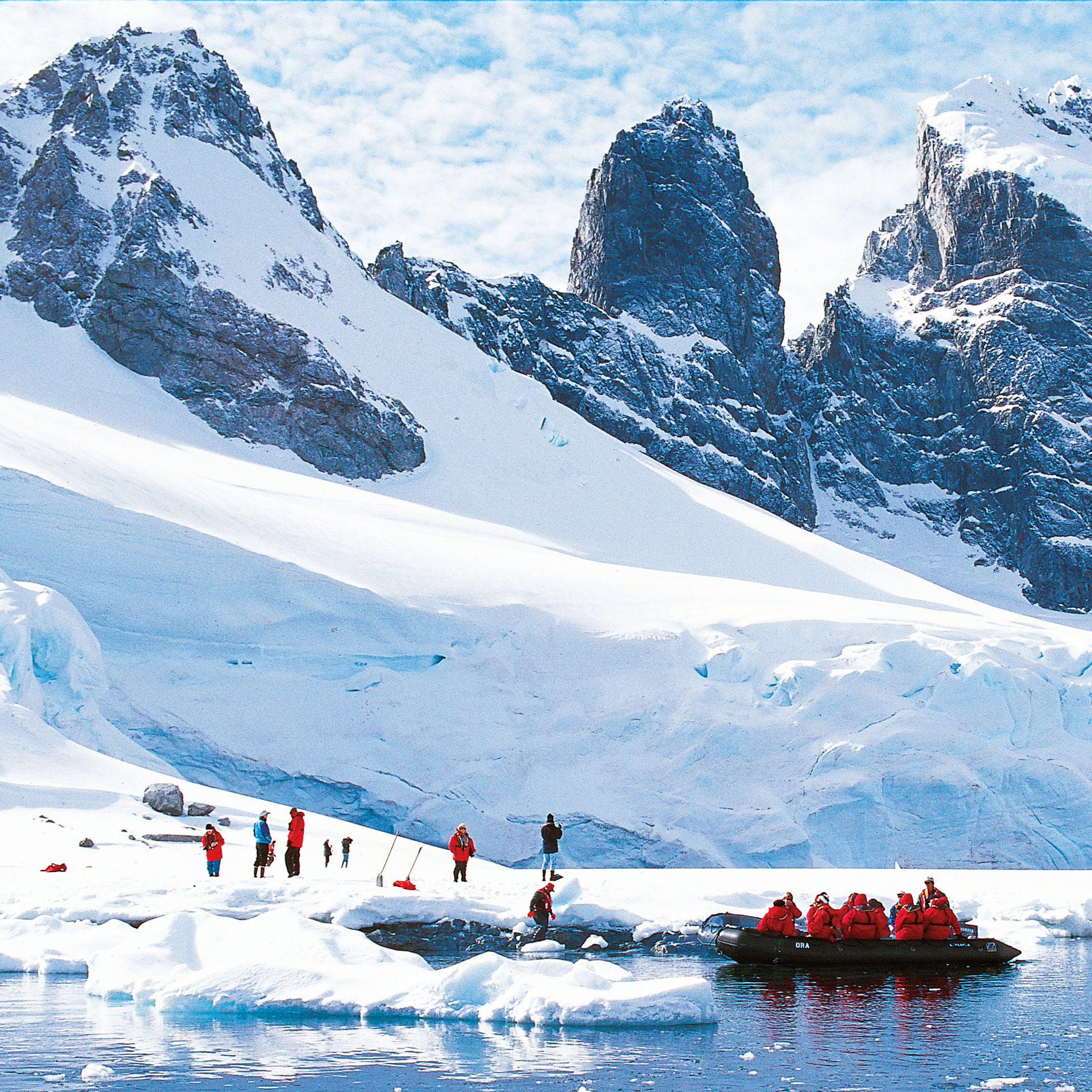
One of my favorite stops in South Georgia was Grytviken (pronounced Grit-vikken), the site of the first whaling station in Antarctic waters, 1904. It was also the last to shut down some 58 years later … a victim of its own over-whaling success.
An icy ghost town today, its intriguing remnants remain as a reminder of the station’s glory days, including a beached whaling ship and rusted-out leftovers from its whaling operation. Grytviken’s South Georgia Museum is a little gem, exhibiting artifacts from the early days of whaling, the whalers’ lives, maritime history, Antarctic exploration and natural history.
The spirit of Ernest Shackleton, the larger-than-life explorer, permeates South Georgia. He and five colleagues landed on this island after miraculously navigating an 800-mile stretch across the treacherous Drake Passage in the James Caird, a 23-foot open boat. It was a final attempt to rescue the 22 stranded men left back on Elephant Island.
Almost 17 months earlier his ship, The Endurance, was immobilized and eventually crushed by ice as he attempted the first-ever Trans-Antarctic expedition in 1914. After unimaginable peril, all of Shackleton’s men survived the failed expedition. It lives on as one of the greatest survival stories of all time.
A replica of that sturdy little lifeboat sits in the Grytviken museum. What a thrill to see it and imagine what these men endured. In a raw morning mist we toasted “The Boss” with Irish whiskey at his gravesite in the whalers’ cemetery. With Shackleton’s death in 1922, so went the Heroic Age of Antarctic Exploration.
For the next two days we sailed from South Georgia across the Scotia Sea south toward the South Shetland Islands, passing legendary Elephant Island along the way. It is along this route that we saw our first massive iceberg … not the pointy kind but tabular, or flat-top, like a table. A 13-mile long table!
Just about six months prior, a 1.1 trillion-ton tabular iceberg about the size of Delaware and as tall as two Statues of Liberty broke off Antarctica, joining about 300,000 other floating icebergs in the Southern Ocean. Scientists gave this new traveling iceberg the sexy name of A-68!
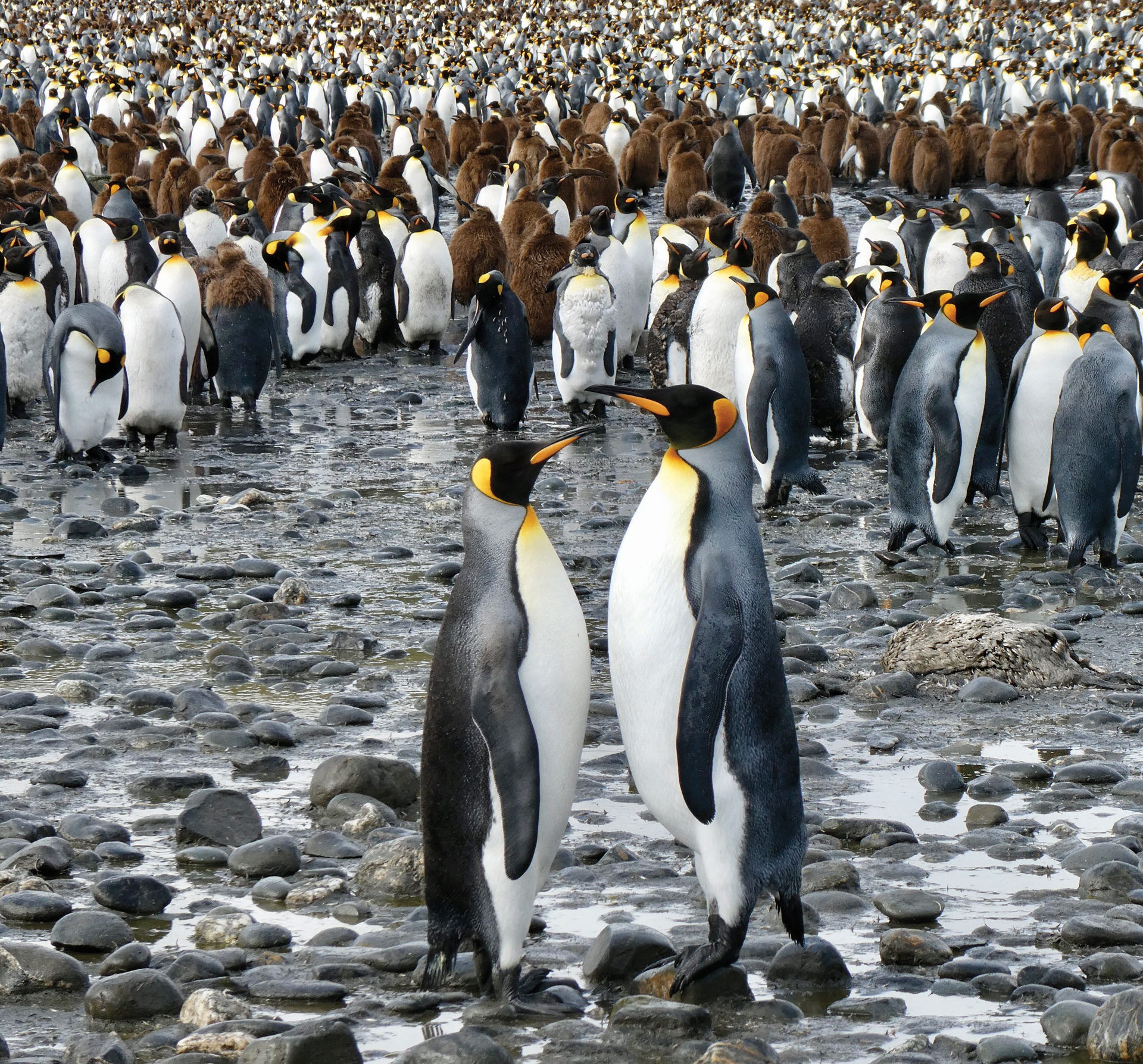
THE LAND OF ICE
As we approached the Antarctic Peninsula, our first view of the Antarctic landscape was startling! The images that heretofore we could only imagine were now in plain sight. We had followed Alice down the rabbit hole, revealing a vast metropolis of glaciers, fantastical sculpted icebergs that radiate an iridescent blue and cliffs that descend straight into the icy waters. Not a spec of green to be seen. Clearly, we were not in Kansas anymore.
This frozen continent, the fifth largest, is an uninhabited ice sheet averaging 1.3 miles thick. Ice covers 98% of it, an area larger than the U.S. and Mexico combined. If it were to melt, scientists estimate the sea would rise 200 feet. Hmmm!
The Antarctica Peninsula is the northernmost part of the Antarctic continent. The South Pole, the southernmost place on earth, is yet another challenging 1,700 miles further south.
It was the day before Christmas. It had been snowing all night, and the magical wonderland just outside our balcony was like a snow globe. And I was in it!
The snow gave way to fine weather, and our zodiacs wove through a maze of icebergs to make our first actual landing on Antarctica. At last we were actually standing on Antarctica at Paradise Bay, along with colonies of nesting gentoo penguins.
En route back to the mother ship, our zodiac tour made a surprise stop: a zodiac “bar boat” offering holiday Champagne! We joyfully toasted our good fortune amongst the spouting whales, seals, porpoising penguins, seabirds, icebergs and impressive mountains.
The best was yet to come. After a special Christmas Eve dinner (the food was consistently delicious and plentiful), our captain steered the boat through the narrow Lemaire Channel, nicknamed “Kodachrome Alley,” one of Antarctica’s landmark spots and probably the most popular tourist destination on the continent. Cruising down this passage was a “pinch myself to see if I am dreaming” experience.
This narrow waterway is surrounded by cliffs and glaciers that rise dramatically out of the water, creating mirror images in the calm water’s reflection. Ice floes drift by, occupied by the occasional seal or penguin. It was just before midnight and the sun had refused to set, putting on a dazzling show. The horizon was ablaze. If you didn’t know better, you would think you were cruising toward a fiery end of the world. This was a Christmas Eve like none other.
I had been lamenting the fact that while we had seen whales aplenty, the killer whale (actually the largest member of the dolphin family) had eluded us thus far. And right on cue, after dinner, a pod of Orcas with their distinctive white patches and dorsal fins surfaced along the side of the boat to give us a majestic send-off as we started our journey across the Drake Passage back to Ushuaia.
And in case you are wondering … we had a smooth, delightful crossing across the Drake. How lucky can you get?
Even seeing a mere portion of Antarctica, one cannot help but recognize the preciousness of this unspoiled continent. Fortunately, in 1959, 12 nations already active in the area—including the United States—created the Antarctic Treaty, a unique agreement to protect Antarctica from ourselves.
Designated as “a natural reserve devoted to peace and science,” the treaty prohibits any kind of military activity and promotes international scientific cooperation. So far, so good!






